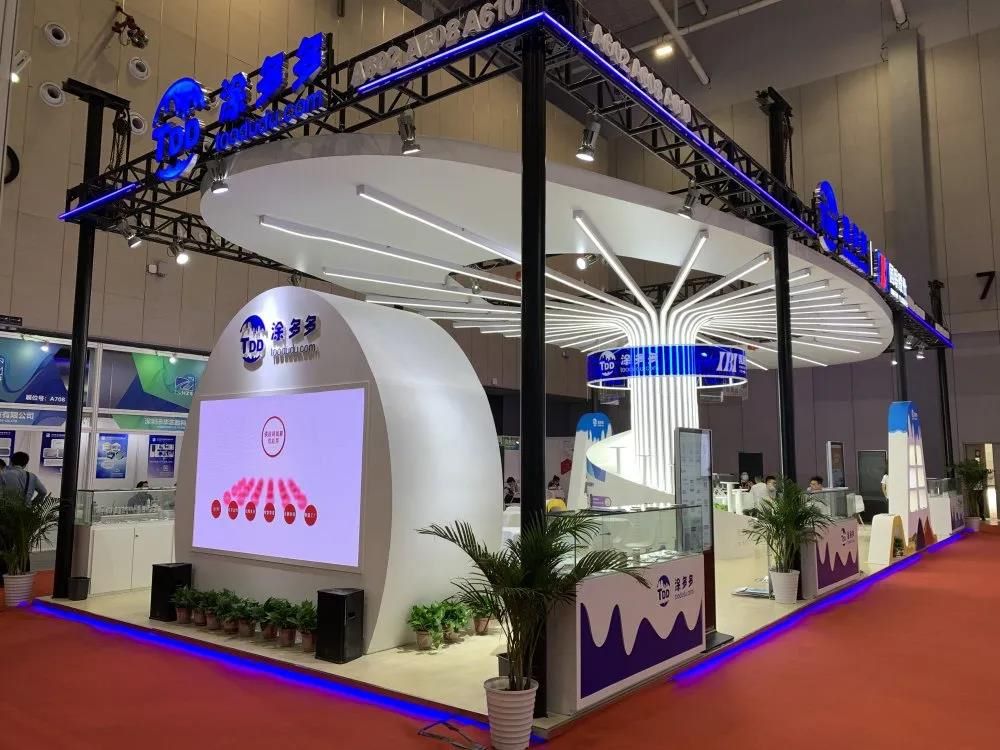Diffs: Bias vs Radial
In the tire industry, the technical differences between bias tires and radial tires began with the design of the ply structure.
Bias tires use cross-mesh cord layers, with adjacent layers of cords staggered at 45-65 degrees to form a rigid structure similar to canvas weaving. This design gives it excellent longitudinal stiffness and impact resistance, but the multi-layer stacking results in a thick carcass and high rolling resistance.
Radial tires, on the other hand, use a completely different design concept. Their cords are arranged in the direction of the earth's meridian, that is, perpendicular to the circumferential direction of the tire.
At the same time, the belt layer is covered on the outside of the carcass, and the belt layer composed of steel wire or fiber material provides support for the tread. This unique structure makes radial tires in sharp contrast to bias tires in many performances.
From the perspective of structural characteristics, the cross-arrangement of the multiple layers of cords in bias tires is like putting layers of "armor" on the tire.
This structure enables the tire to disperse the impact force through the staggered force of the cords when it is impacted by external forces, thereby effectively resisting punctures and violent bumps from sharp objects on the road, and showing strong survivability under complex road conditions.
However, the superposition of multiple layers of cords greatly increases the weight of the bias tire. The thickness of the carcass not only increases the load of the vehicle, but also requires the tire to overcome greater friction during rolling, which leads to increased rolling resistance.
Higher rolling resistance will not only increase the fuel consumption of the vehicle and reduce fuel economy, but also cause the tire to generate more heat during driving, accelerating tire aging and wear.
On the other hand, the vertical arrangement of the cords of the radial tire makes the deformation of the tire in the circumferential direction more uniform, and the carcass can adapt to the ups and downs of the road more flexibly.
At the same time, the existence of the belt layer is like adding a solid "protective net" to the tire, which can effectively limit the deformation of the tread and improve the tire's grip and handling stability.
When driving at high speed, the advantages of radial tires are particularly obvious. The uniform force distribution allows the tire to maintain a good shape, reduce vibration and noise caused by deformation, and provide a smoother and quieter driving experience for drivers and passengers.
In addition, due to the relatively low rolling resistance of radial tires, vehicles can save more fuel during driving, which is in line with the current development trend of energy conservation and environmental protection.
In terms of application scenarios, bias tires still occupy a place in some fields that require high tire strength due to their excellent impact resistance and load-bearing capacity.
For example, in the fields of agricultural machinery and engineering vehicles, vehicles often need to travel on rugged and gravel-covered roads. Bias tires can better cope with such harsh road conditions and ensure the normal operation of vehicles.
Radial tires, with their excellent comprehensive performance, are widely used in cars, buses, and most light trucks, and have become the mainstream choice of the modern automobile industry.
With the continuous advancement of technology, the tire industry is also developing continuously. Although radial tires have replaced bias tires in most fields, the unique advantages of bias tires still make them irreplaceable in specific markets.
In the future, both bias tires and radial tires will develop in the direction of being more energy-saving, environmentally friendly, safe, reliable, intelligent and efficient to meet the ever-changing market demands and industry standards.











